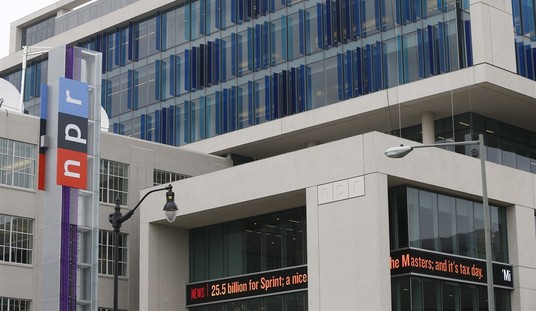Pavlovian dogs always respond as they are programmed to respond. Unfortunately, people can also be categorized as Pavlovian, especially as it relates to the financial markets.
Over the past month, the major stock market indexes have suffered an approximate 6% correction.
I use the word “correction” because it implies a simple retracement of some of the gains.
In most instances, a stock market correction is 5% to 10%. Most people find the word “correction” and the decline that comes with it acceptable.
Pavlovian investors are trained to accept periodic downturns with the certain knowledge that is the price one pays for future gains.
Regrettably, when the big sector rollover comes, a 5% to 10% decline becomes more than a correction, and the investor is once again hoodwinked by the accepted principles that invariably are set up to fail.
A 5% to 10% decline soon becomes a 10% to 15% decline, then 15% to 20%, and then even greater.
After a while, the investor simply accepts the fact that all the gains are gone, and they might as well just wait for the next bull market. After all, the stock market always comes back, doesn’t it?
In 1980, silver plunged from $50/oz. to $15/oz., and also fell from $50/oz. to $32/oz. in one week earlier this year.
The 1989 correction in the Nikkei was 75%, and is still falling.
The correction in March 2000 led to a 78% decline in the NASDAQ, never to recover, yet.
The housing market in the U.S. has watched prices erode for the past 57 consecutive months, and is still correcting.
Recommended
“Correction” is a word that calmly pacifies, but can also be the Pavlovian death trap.
Each time these so-called corrections occurred, investors are urged to stay the course, ride it out, and maybe even average down.
I remember when Eastman Kodak first broke $100 per share, and stock brokers said: “Back up the truck and load it up;” “A great opportunity” and “It’s just a CORRECTION.”
Hmmm, Eastman Kodak now trades at approximately $3.14. Enough said.
As Pavlov said “Ring the bell,” or in this context, just say the word “correction” and watch the reaction.
Or not.
| John Ransom | Obamanauts Flunk Word Problem |
| Kathy Fettke | Bet On This: Echo Boom Bigger Than Baby Boom |
| Bob Goldman | Fatal Attraction |
| Bill Tatro | It's Pavlov's Economy and You're the Dog |
| Market Blog | The Ticker- Join Ransom, Shedlock, Morales, Kacher, Bouroudjian and more |

























Join the conversation as a VIP Member